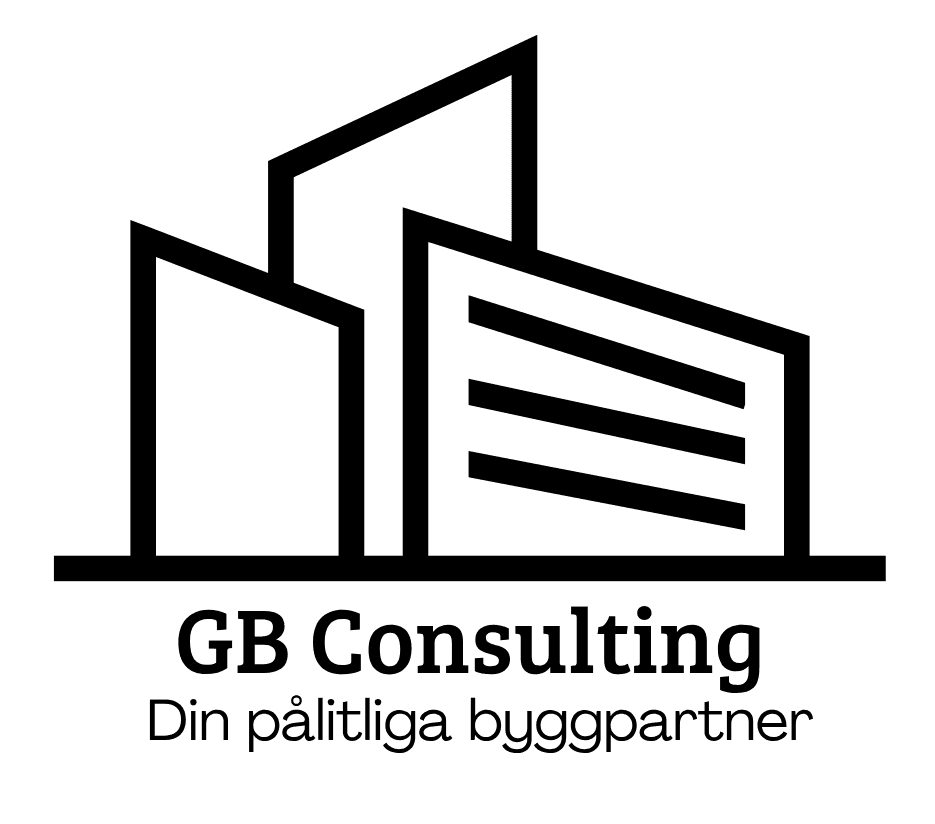DIY Business Process Optimization: Simple Steps for Success
Understanding Business Process Optimization
Business process optimization (BPO) is a strategic approach to improving the efficiency and effectiveness of your business processes. By refining these processes, businesses can enhance productivity, reduce costs, and improve customer satisfaction. While large enterprises often hire consultants for this task, small businesses can also achieve excellent results through a DIY approach.
Optimizing business processes involves identifying inefficient processes, analyzing them, and implementing changes to improve their performance. This can be a daunting task, but with a structured approach, it can also be a transformative experience for your company.

Identifying Inefficient Processes
The first step in optimizing your business processes is to identify areas that need improvement. Start by mapping out all your existing processes. Use flowcharts or diagrams to visualize each step involved in your operations. This will help you pinpoint bottlenecks, redundancies, or any outdated practices that may be hindering efficiency.
Once you have a clear understanding of your current processes, gather feedback from employees who are directly involved in these workflows. Their insights can provide invaluable information about the challenges they face and potential areas for improvement.
Analyzing Processes for Improvement
With a list of inefficient processes in hand, the next step is to analyze them to understand why they are problematic. Consider factors such as the time taken to complete each step, the resources required, and the outcomes produced. This analysis will help you determine which processes are most in need of optimization.

Using data collected during this analysis, set specific goals for improvement. These goals should be realistic and measurable, allowing you to track progress over time. Common objectives might include reducing processing times, cutting costs, or improving product quality.
Implementing Changes
Once you've identified the changes needed, it's time to implement them. Start with small adjustments and monitor their impact before making more significant changes. This iterative approach allows you to refine processes gradually and ensures that any modifications lead to positive outcomes.
Consider leveraging technology to streamline processes. Automation tools can handle repetitive tasks, freeing up valuable time for employees to focus on more strategic activities. Additionally, ensure that all team members are adequately trained to adapt to new processes or technologies introduced.

Monitoring and Reviewing Progress
After implementing changes, it's crucial to continuously monitor the effectiveness of your optimized processes. Regularly review performance metrics and gather feedback from employees to assess whether the changes have led to the desired improvements.
Be open to further adjustments if necessary. Optimization is an ongoing process, and what works today may need tweaking tomorrow as your business environment evolves. Maintain a flexible approach and encourage a culture of continuous improvement within your organization.
Celebrating Success
Finally, remember to celebrate the successes achieved through your optimization efforts. Acknowledge the hard work of your team and the value of the improvements made. This not only boosts morale but also reinforces the importance of business process optimization as a key driver of success.
By following these simple steps, small businesses can effectively optimize their processes and enjoy the benefits of increased efficiency and productivity without the need for external consultants.
